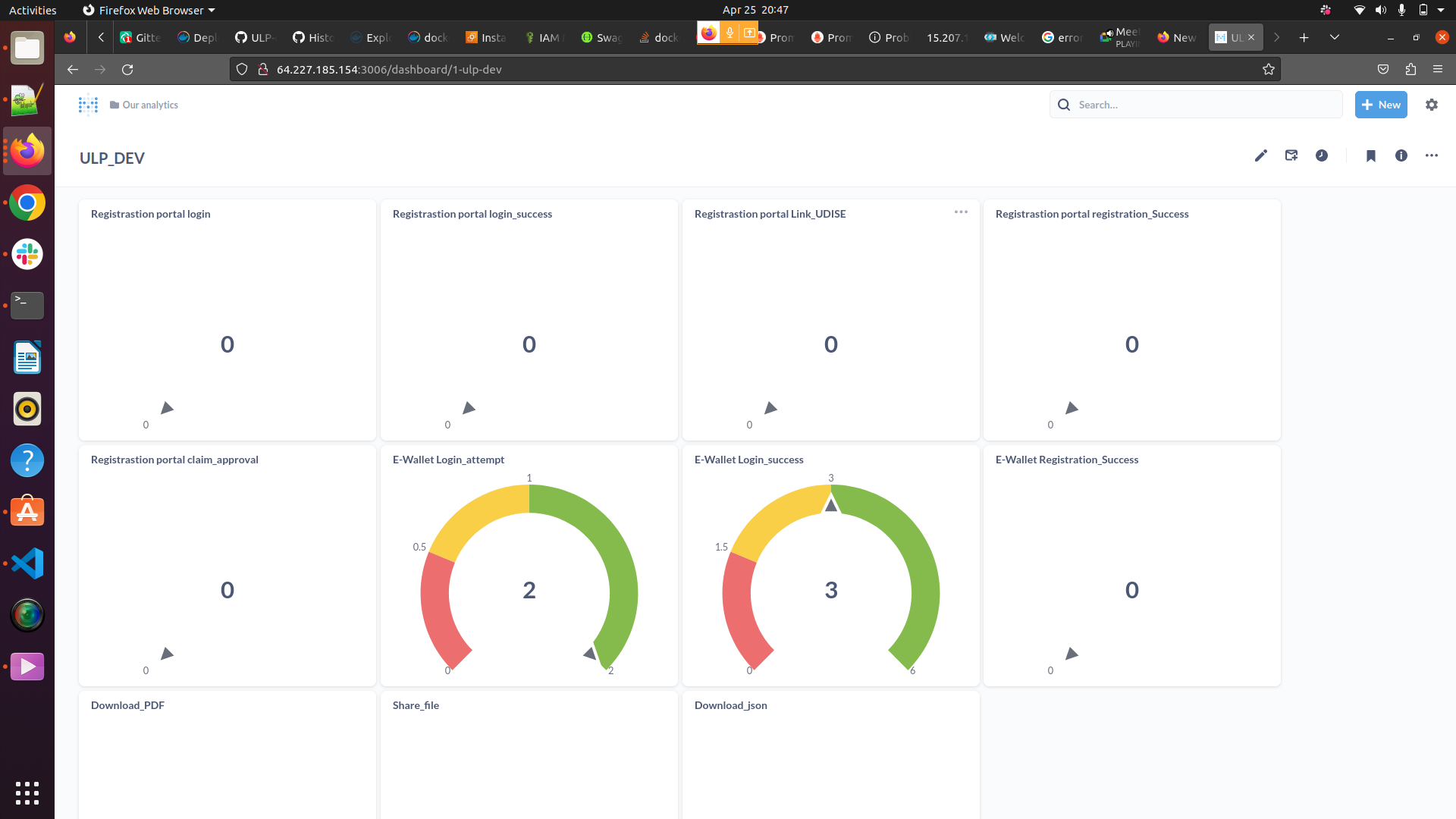MetaBase
Metabase is an open-source business intelligence platform. You can use Metabase to ask questions about your data, or embed Metabase in your app to let your customers explore their data on their own.
Metabase setup installation guide
Running Metabase on Docker
To run the matabase on docker you must have docker installed.
https://docs.docker.com/engine/install/ubuntu/
Metabase provides an official Docker image via Dockerhub that can be used for deployments on any system that is running Docker.
Visit this link: https://www.metabase.com/docs/latest/installation-and-operation/running-metabase-on-docker
Assuming you have Docker installed and running, get the latest Docker image:
docker pull metabase/metabase:latest
Then start the Metabase container:
docker run -d -p 3000:3000 --name metabase metabase/metabase
This will launch an Metabase server on port 3000 by default.
Once startup completes, you can access your Open Source Metabase at http://localhost:3000.
You can create the service using docker comspose file. Just create docker-compose.yml file and paste below script
version: '3'
services:
metabase:
image: metabase/metabase
ports:
- "3006:3000"
Create your admin account
Connect to database by selecting ADD DATABASE
Select database type, host, port, db name, username, password, schemas.
Answer the questions:
What is your preferred language : English
Then you will get the following table. In that you will have to accurate details as Name, Last name, Email-ID, Company name, Password Etc.
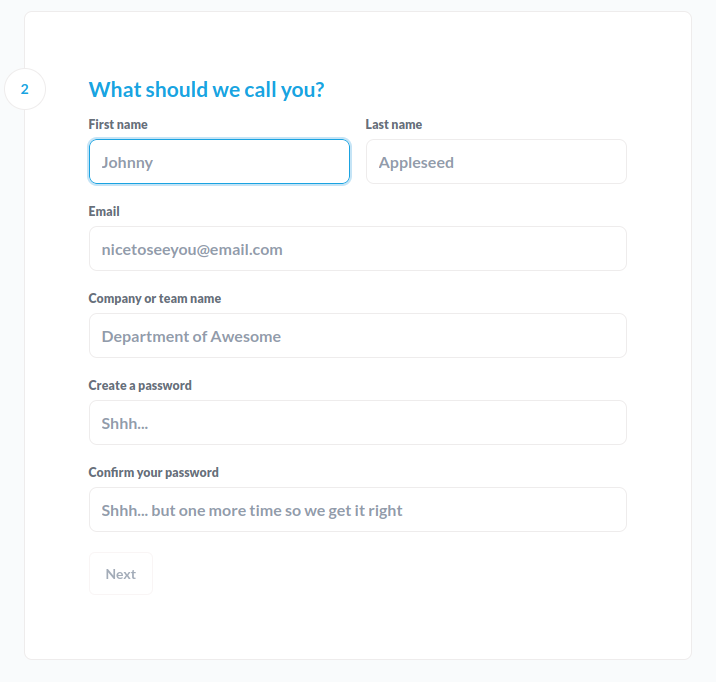
Then add Database in it.
If you want to add PostgresDB then directly select it from option or if you want to add another database like clickhouse then select I’ll add my data late
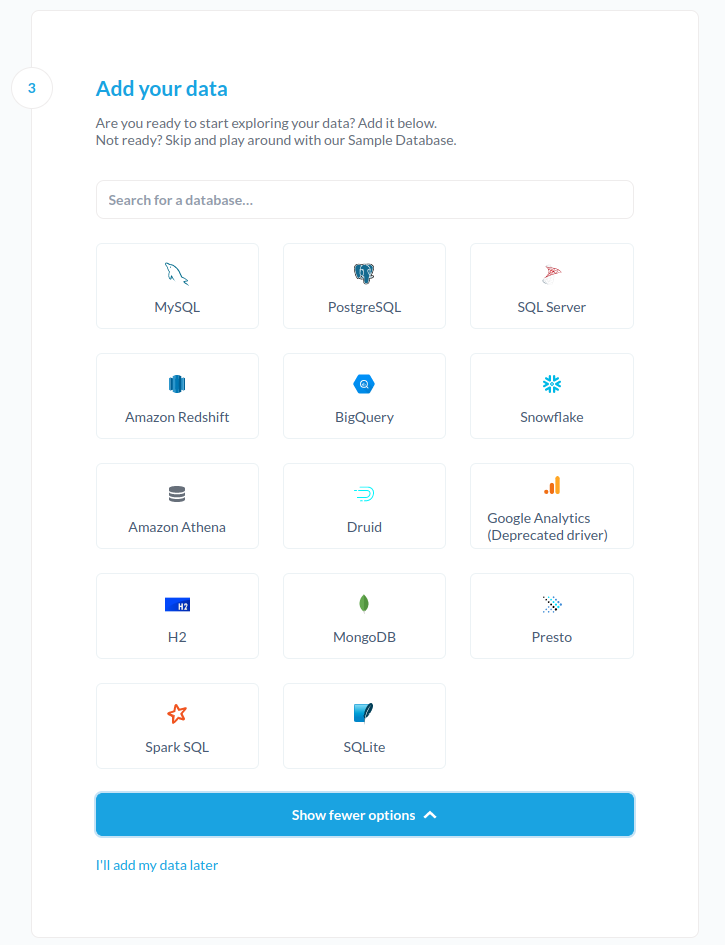
After selecting required database (here I have selected PostgresDB) Then add details of database in the next step in which you have to add
Display name PostgresDB
Hostname http://127.0.0.1
Port (Port of DB) ex. 8432
Database Name (ex.Postgres)
Password of DB (ex.AS@#779LSJ!gh) Then save and add DB
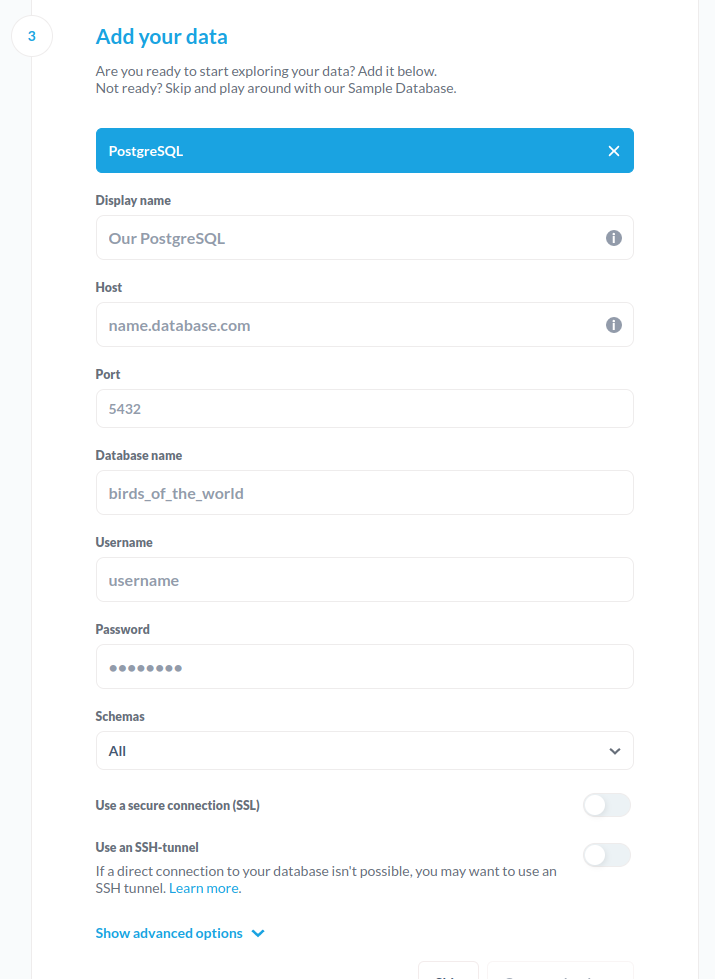
Creating Dashboards:
Step 1 :
Home > New > SQL Query
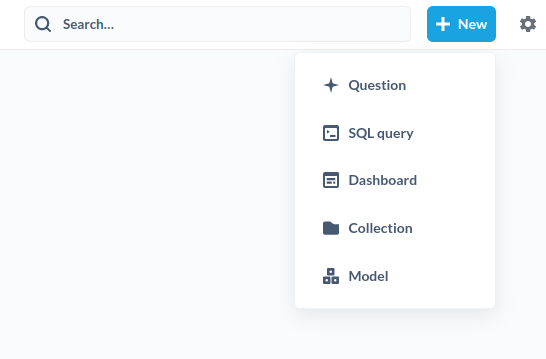
Step 2 :
Add Database (postgres_DB) and run a query in the box after that click on play button in the right bottom corner

Step 3 :
In the left Bottom click on Visualization and select a visual (here i have selected gauges)
And click on Done
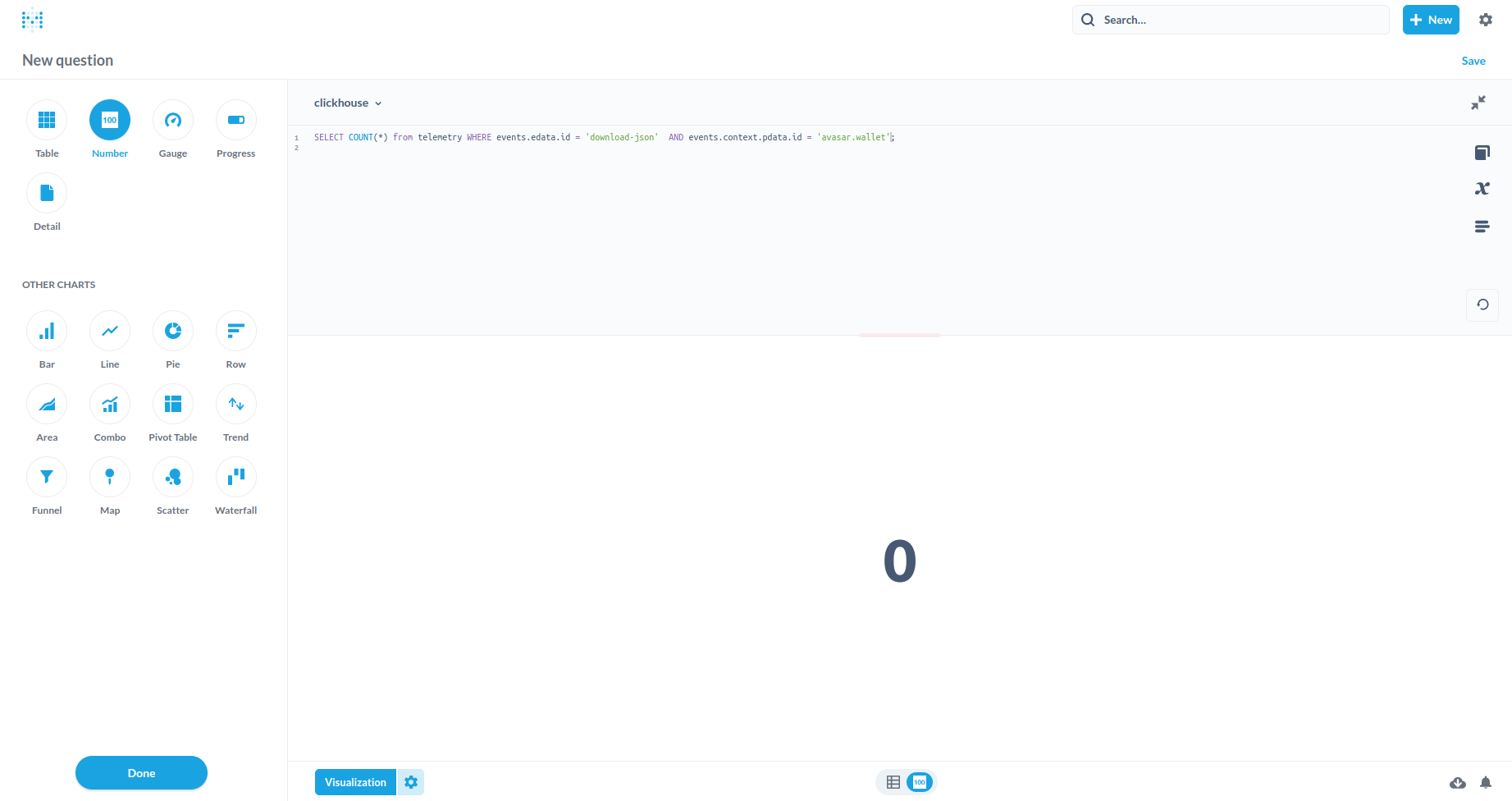
Step 4 :
Click on right top corner Save button
After that you will find out the following window in which you have to add Name of the query and Save
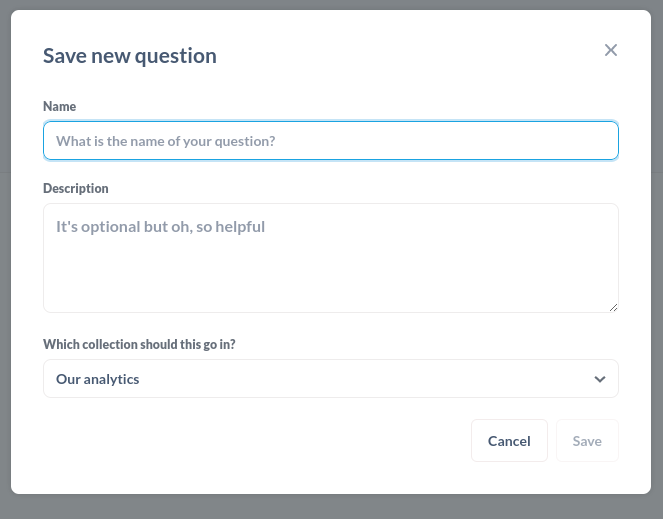
Step 5 :
Click on Yes!please to add this on Dashboard and choose a Dashboard if exist or add new Dashboards
(here selected ULP_DEV)
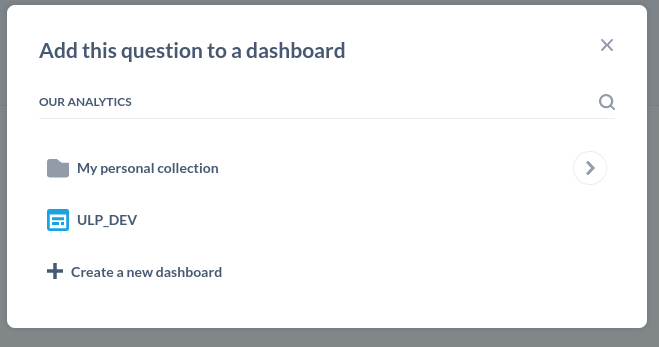
Step 6 :
After that add multiple queries and add to same Dashboards then final Dashboard will be of following type
